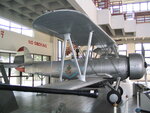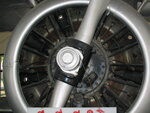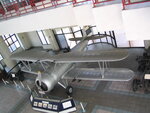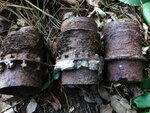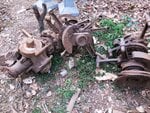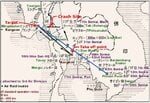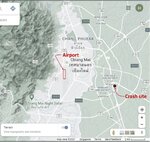MiTasol
1st Lieutenant
MiTasol: I may have answered too quickly about Umemoto's coverage of Darwin. I'm continuing down the table at the end of his book (it's about 53 pages in the first volume, so I've got a long way to go) and I'm finding many instances listed of IJAAF and Brit losses / damage for the attacks on Colombo and Trincomalee in April 1942. That might suggest that Darwin may not show in the tables because there were no IJAAF losses on 19 Feb 1942 and no shootdowns of RAAF aircraft. No air combat. No dogfights. Would that be correct?
I'm out of my element with regard to IJAAF attacks on northern Australia: but one way to test if this is why nothing shows for the 19 Feb 1942 attack --- Wikipedia indicates that there were numerous attacks on northern Australia. Did any later attacks get opposed by the RAAF --- with planes downed as a result? Or IJAAF planes downed by AA fire in later attacks? If so, pass me some dates and I'll check: those losses should appear in Umemoto's listing.
I've not yet tried to go much into the commentary that takes up most of the book. There may be some discussion there about the attack on Darwin.
Hi Hak
There were a number of raids on Darwin over an extended period and they were opposed by the USAAF and RAAF. The RAAF had warning of the Feb 19 raid and the CO rejected the information which meant on that raid the IJN were unopposed.
The Darwin period I am interested in is for early July 1943 and the RAAF show at least one Spitfire shot down in that period by an Oscar. I am researching another aircraft wreck from around that date that officially was not shot down, officially was chasing an Oscar and it has at least one HMG or cannon hole in it through a solid steel component. The aircraft was never used as a ground target.
If you do come across something relevant in the Burma book I would appreciate a heads up.


